In this edition of Sliced, the 3D Printing Industry news digest, we cover the latest business developments, partnerships, and acquisitions in the additive manufacturing sector.
Today’s edition features new 3D printing materials, a certification for 3D printed aviation components, new 3D printing partnerships, design optimization software, and the first firing of a fully 3D printed rocket engine.
Read on for the most recent updates from MX3D, Tinkerine, ASM, OECHSLER, Agnikul, and more.
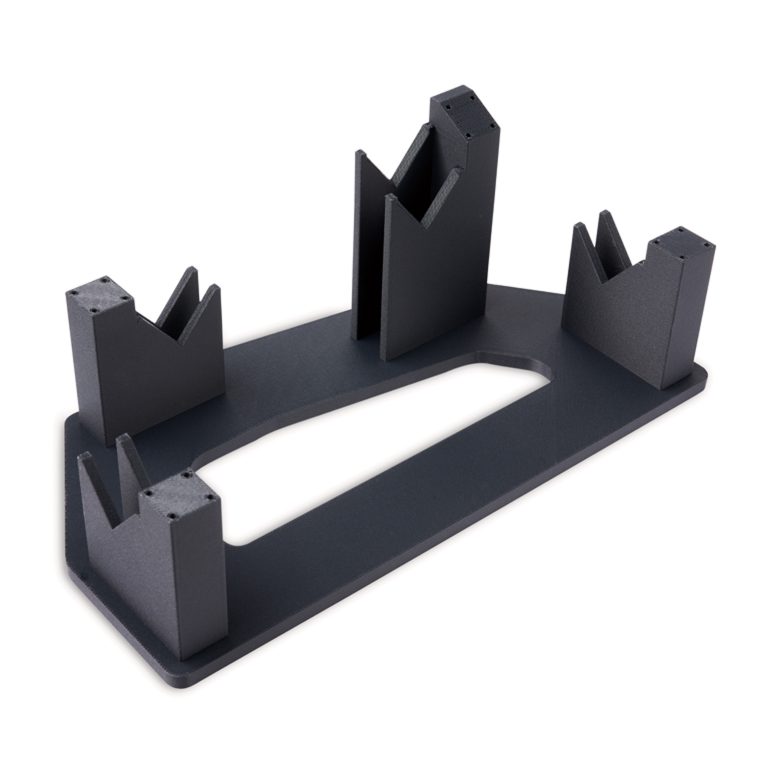
New materials from Stratasys, EOS, and ASM
3D printer OEM Stratasys has unveiled a new ABS-based carbon fiber material for use in its line of F123 Series 3D printers, specifically formulated for applications such as tooling, jigs, and fixtures. FDM ABS-CF10 is the first composite material devised by Stratasys for the platform, comprised of 10 percent chopped carbon fiber. Reportedly 15 percent stronger than ABS and more than double the stiffness, the new material is a compelling alternative to metal parts and can be printed with a high degree of accuracy.
“There is a reason why manufacturers are increasingly turning to 3D printed carbon fiber materials,” said Dick Anderson, Senior Vice President of Manufacturing at Stratasys. “It’s incredibly strong, versatile, and lightweight. We want to enable all our FDM customers to take advantage of those material characteristics. Introducing FDM ABS-CF10 is a significant step in growing 3D printing’s presence in the global manufacturing industry.”
With the new material, which will become available in April 2021, Stratasys will seek to dress various applications in the aerospace, automotive, industrial, and recreational manufacturing industries.
Meanwhile, leading PBF manufacturer EOS has added a new nickel alloy material to its metal powder portfolio for powder bed 3D printing, called EOS NickelAlloy IN939. The nickel-chromium alloy is equipped with excellent strength in high-temperature settings, and resistance to corrosion, oxidation, and cracking, making it ideal for applications such as the vanes, blades, and heatshields within industrial gas turbines, in addition to microturbines, turbochargers, and power industry parts within the energy sector exposed to high temperatures and extreme elements.
Parts produced using EOS NickelAlloy IN939 can be hardened after printing by applying precipitation-hardening heat treatments, and according to EOS the material offers greater tensile properties, validation, and crack-resistance than other comparable materials on the market.
Elsewhere, a titanium powder developed by minerals producer Australian Strategic Minerals (ASM) has been approved by South Korean 3D printing group HANA AMT, after analysis revealed the material had a purity of 99.918 percent. The titanium powder was produced at ASM subsidiary Ziron Tech’s pilot plant, which uses a patented reduction process to produce high-purity titanium metal powder using just 30 percent of the energy deployed during conventional methods. Next, ASM and Ziron are planning to produce zirconium, rare earths, and other critical materials using the metal-refining technology.
“This independent review of ASM’s titanium metal powder is a great validation of our patented metal process, confirming the high purity and the environmental benefits of the metal ASM can produce for the manufacturing sector in Korea,” said ASM Managing Director David Woodall.
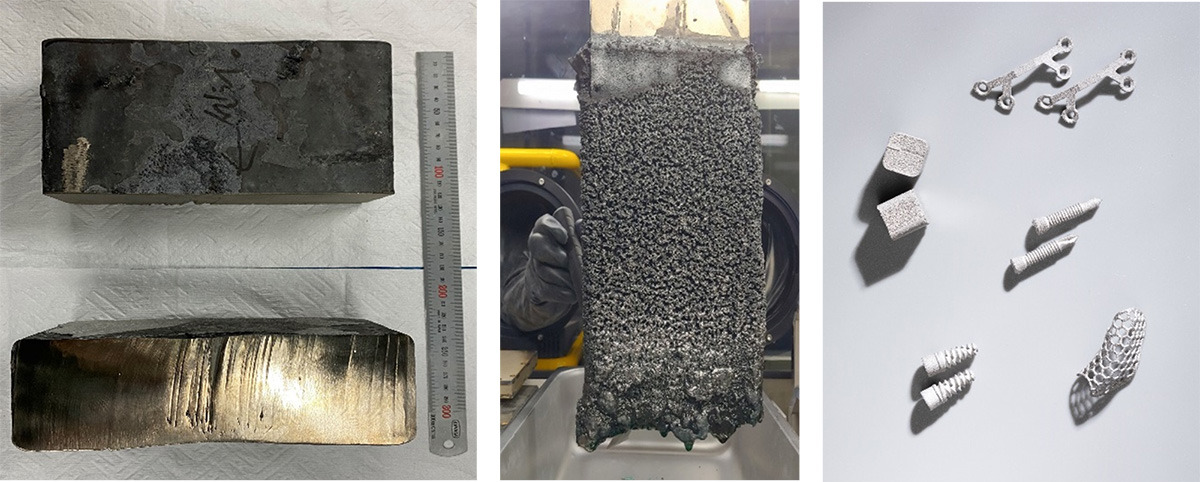
Sintavia gains approval for aviation component design
The latest certification news comes from metal 3D printing service Sintavia, which has received AS 9100 approval for the product design and development of critical components for the aviation sector. The approval allows Sintavia to provide its customers in the industry with certified design offerings for components such as heat exchangers, combustors, and chassis.
“Over the past nine years, Sintavia has reached a number of milestones as we have developed the market for critical, additively manufactured components for the aerospace, defense, and space industry,” said Alex Bencomo, Sintavia’s Vice President of Operations.
“AS 9100 accreditation for design and development continues this trend. Customers can now be assured that not only does Sintavia possess the capability to design and develop their critical components, but also that it maintains the processes needed to conform these parts to rigorous quality standards.”
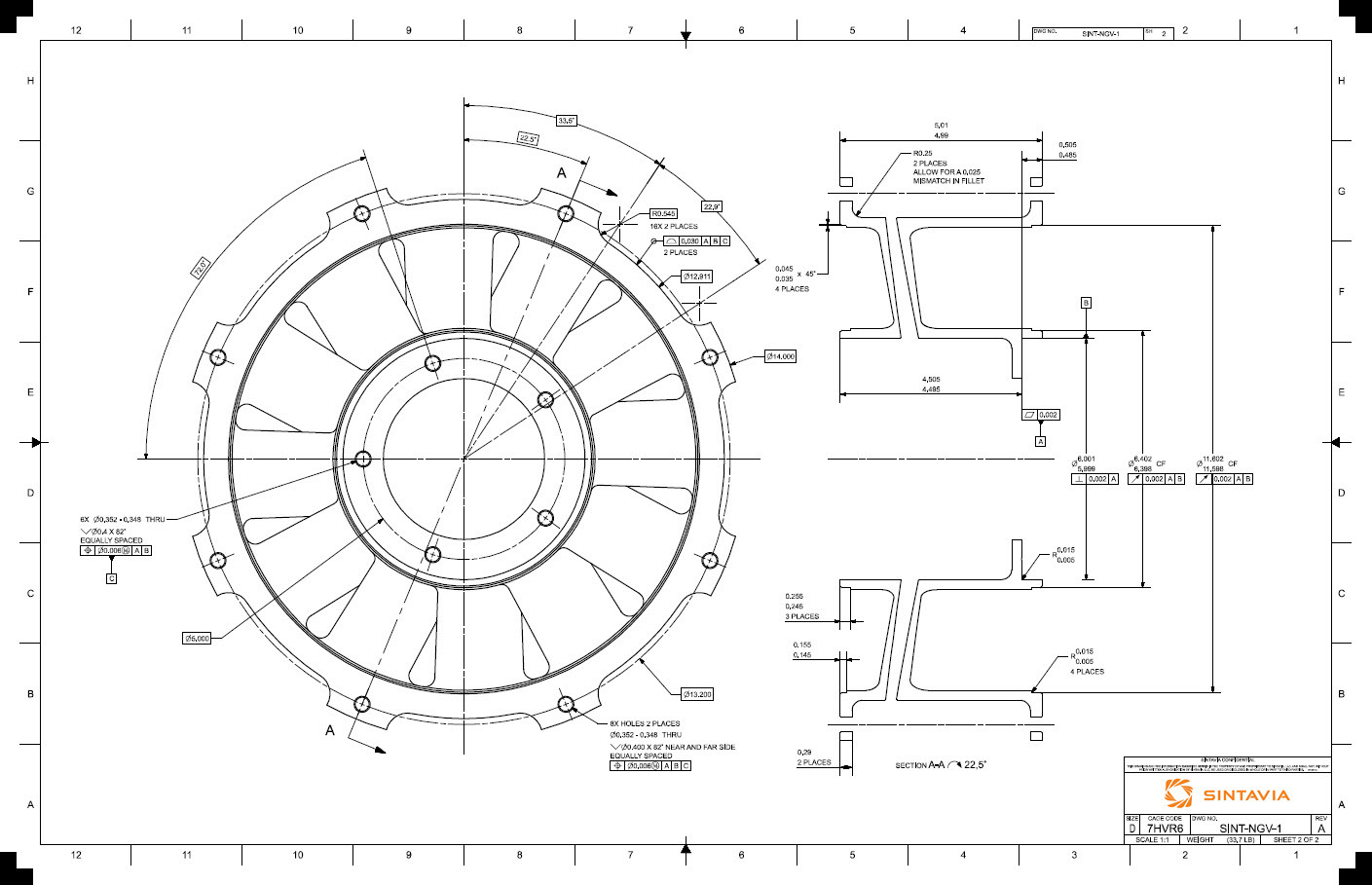
New design optimization service from Ricoh 3D
Over in the software sphere, Ricoh 3D, the 3D printing subsidiary of Japanese electronics and imaging firm Ricoh, has launched a new generative design optimization service that aims to reimagine the additive manufacturing design process. Using Finite Element Analysis simulation tools, the software creates generative design concepts engineered to meet or exceed certain geometric and performance parameters, that would otherwise be difficult to convert into CAD data.
In addition to providing greater design freedoms, the software is designed to maximize production line efficiencies by reducing the weight of parts, providing operating cost savings, and producing more advanced 3D printable part geometries.
“Our in-house team of experts and sophisticated software can bridge the gap between designs suitable for traditional manufacturing and those which realize the full potential of 3D printing, providing solutions which cannot be produced using conventional manufacturing techniques,” said Richard Minifie, Senior Design Engineer at Ricoh 3D. “The benefits are numerous, from cost-saving to weight reduction and enhanced performance to sustainability.”
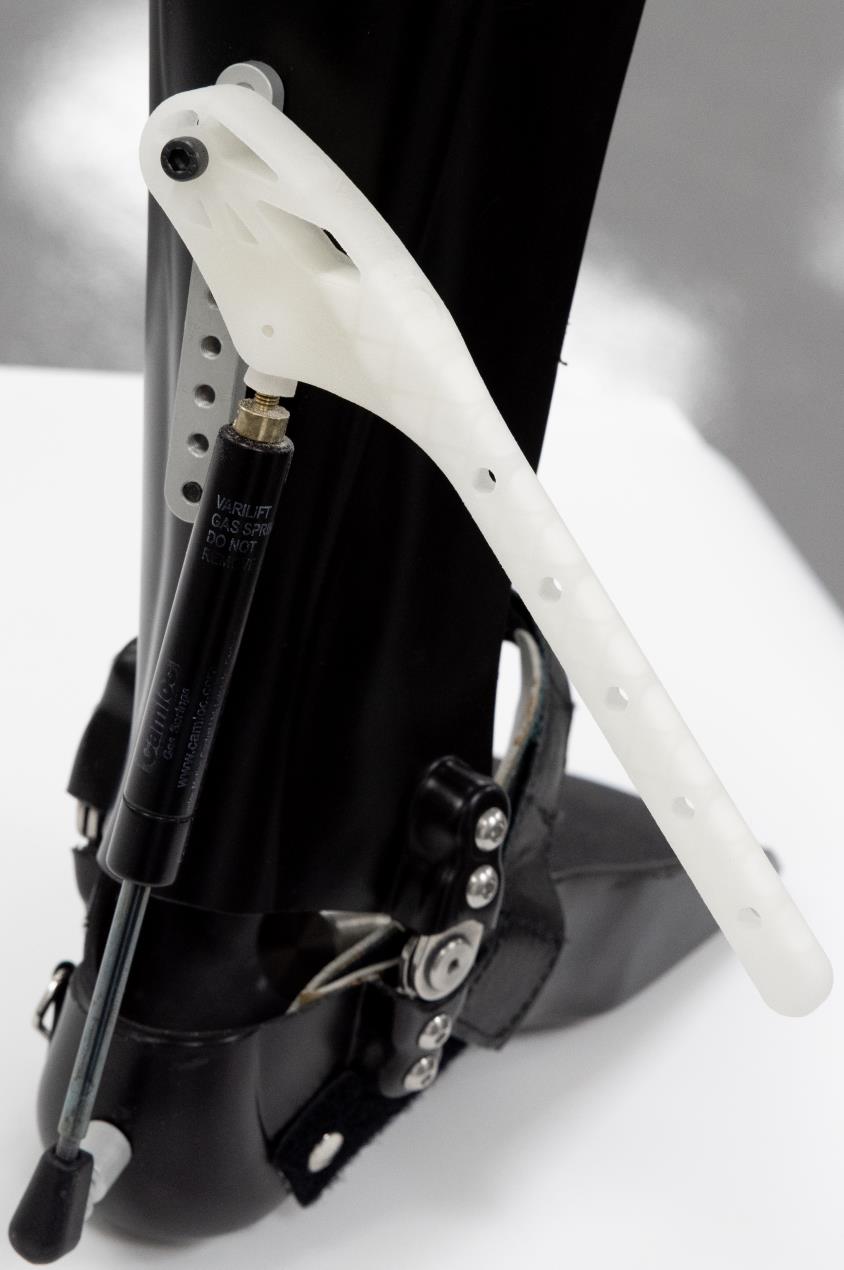
Business updates from AM Solutions and Tinkerine
3D printed plastic component producer OECHSLER has purchased an S1 post-processing system from AM Solutions, the Italian 3D printing subsidiary of the Rösler Group. The automated system will aid OECHSLER in meeting the strict quality, repeatability, and traceability requirements of 3D printed plastic parts within the automotive industry.
OECHSLER chose the S1 post-processing system for its high degree of flexibility throughout the shot blasting process and its ability to treat a variety of materials including PA, PP, and TPU. Designed specifically for the post-processing of 3D printed plastic components, the machine’s ability to switch from automatic to manual operation without the need for re-tooling was a key factor in the decision, as was the system’s ergonomic loading and unloading feature, anti-static polyurethane lining of the blast chamber, and automatic control and storage of process parameters.
“Our company already has a long-term relationship with Rösler,” explained Matthias Weißkopf, Senior Vice President Global Product and Technology Development at OECHSLER. “When our cooperation partner HP referred us to AM Solutions, we took the opportunity not only to take a look at this new Rösler division, but also study its S1 post-processing solution in great detail.
“After intensive discussions and many test trials with equipment suppliers offering post-processing solutions for 3D printed components, we chose AM Solutions as our partner.”
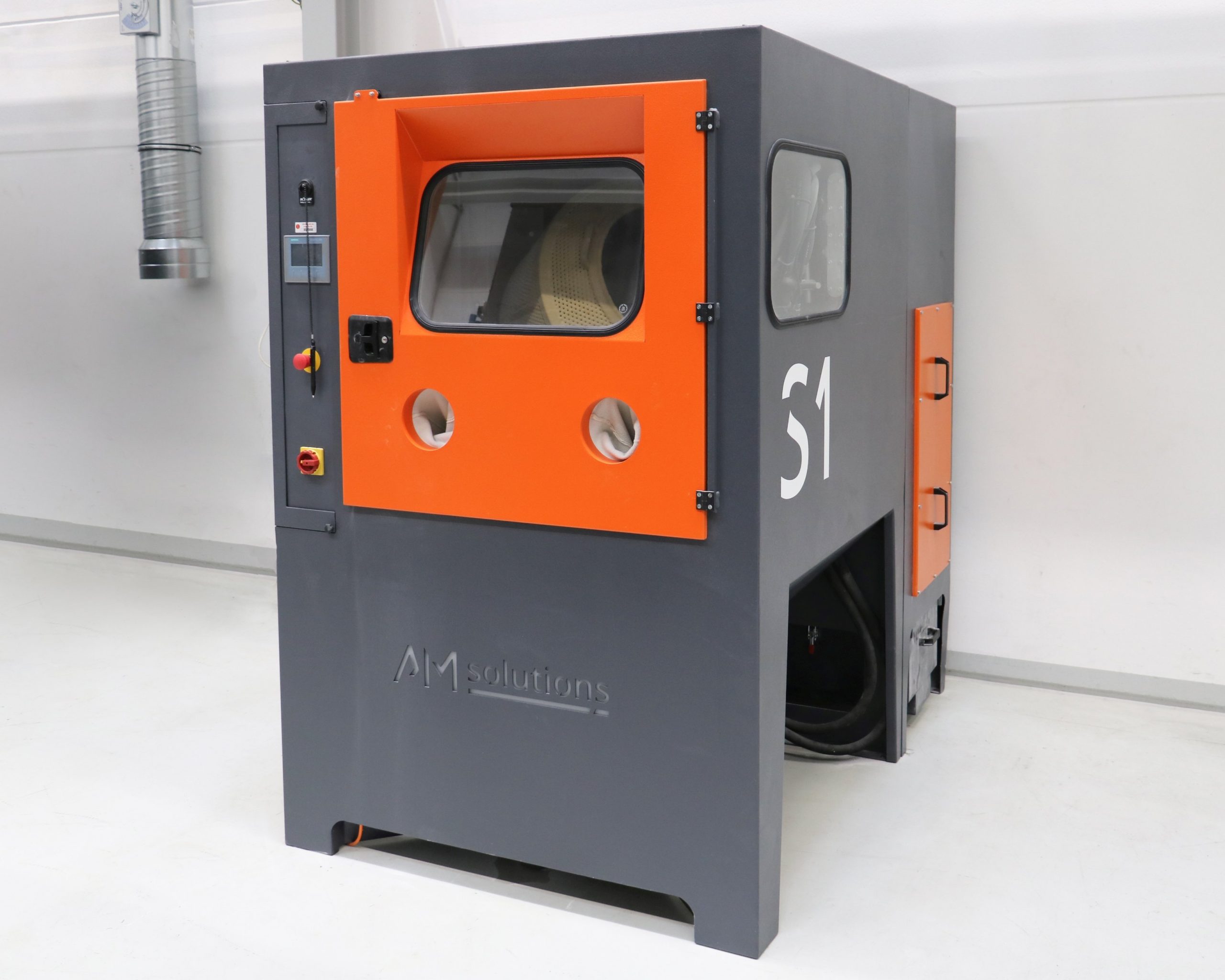
automated de-powdering and cleaning of 3D printed plastic components. Image via AM Solutions.
Elsewhere, Canadian 3D printer manufacturer Tinkerine Studios has announced a private placement financing of up to 16 million units at a price of $0.125 each with the aim of raising Cdn $2 million ($1.58 million). The firm will use the proceeds of the offering to continue advancing its Cloud and Skillup platforms and increase its marketing efforts regarding existing and future products and services.
The proceeds will also be directed into Tinkerine’s projects, which involve the development of larger-scale 3D printing systems and enabling the purchase of the firm’s hardware and software through digital currencies. Furthermore, the company will seek to develop additional 3D printed products with composite and metal materials.
Test results of 3D printed structural steel connectors are in
In 2019, MX3D, a Robotic Additive Manufacturing (RAM) technology developer based in Amsterdam and Takenaka, Japan’s oldest architectural, engineering and construction firm, teamed up to develop a 3D printed structural steel connector using robotic Wire Arc Additive Manufacturing (WAAM) technology. Now, destructive and non-destructive tests on a series of these connectors have revealed strong and consistent performance of their mechanical and material properties, taking the component one step closer to certification for use within the infrastructure sector.
Researchers from Takenaka Corp generated a FE simulation model to assess the mechanical behavior of the connectors. A variety of tensile, fatigue, and buckling tests performed on the components showed conclusive results, revealing the 4mm-thick connectors, which are printed in duplex stainless steel and filled with concrete, showed the same strength as an 8mm-thick connector, and therefore the required amount of material could be halved. Going forwards, the partners will implement bigger versions of the connectors in a real-world building project.
“Ever since we’ve realized the first 3D printed metal bridge, our robotic WAAM technology has received a lot of attention from construction companies,” said Filippo Gilardi, Lead R&D Engineering at MX3D. “The collaboration with Takenaka Corporation on this project and its impressive test results represent yet another leap forward in the adoption of 3D printed components in the AEC industry.”
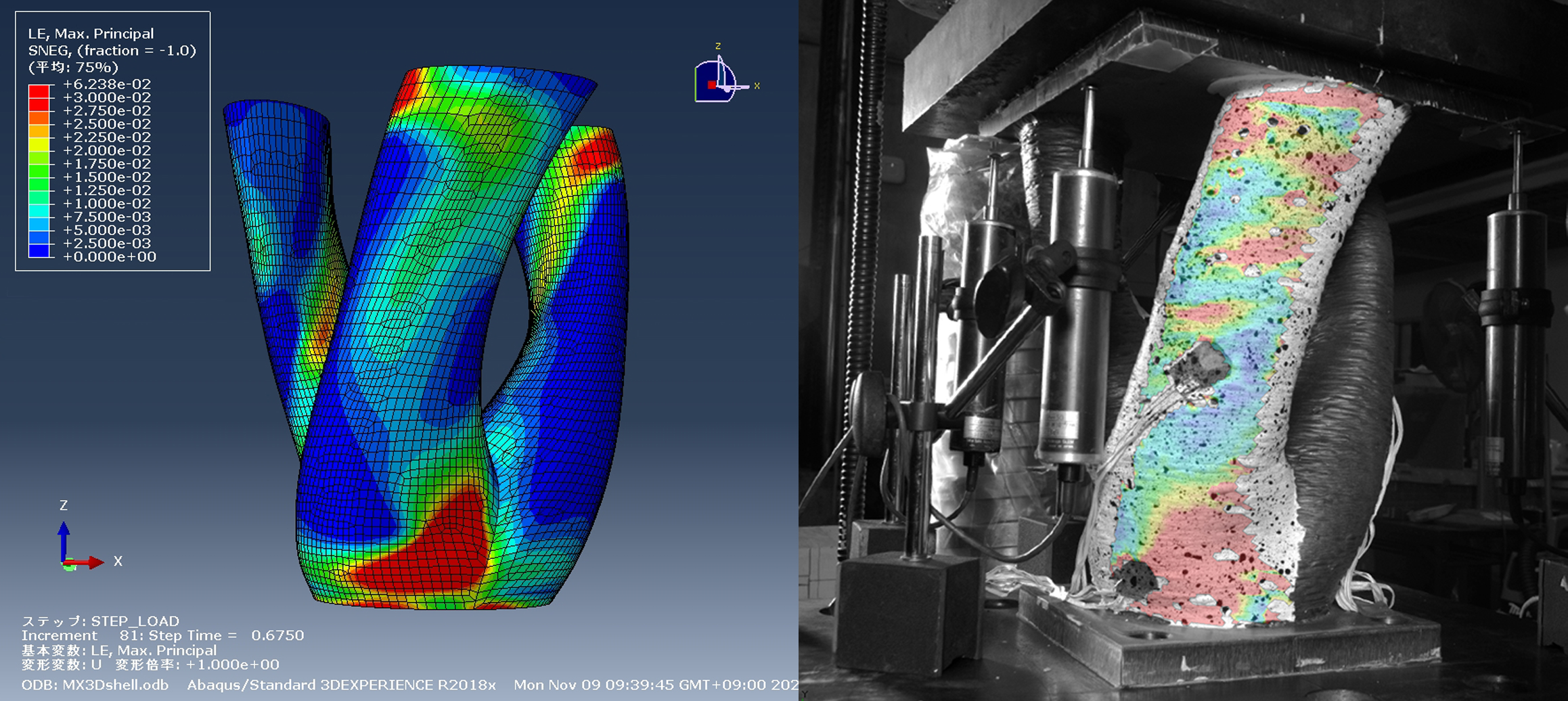
We have blast off
Rounding off this week’s news roundup is Indian space startup Agnikul, which has successfully test-fired its semi-cryogenic rocket engine, which is reportedly the first to be 3D printed as a single component in one run.
Named Agnilet, the rocket engine will power Agnikul’s orbital class vehicle, Agniban, which will be capable of carrying up to 100kg of payload to low Earth orbits of around 700km when launched. According to Agnikul, its 3D printed rocket engine was produced at just a tenth of the cost of assembling the component through conventional means, and can be printed in less than four days.
Subscribe to the 3D Printing Industry newsletter for the latest news in additive manufacturing. You can also stay connected by following us on Twitter and liking us on Facebook.
Looking for a career in additive manufacturing? Visit 3D Printing Jobs for a selection of roles in the industry.
Featured image shows firing of Agnikul’s 3D printed rocket engine with the Sliced logo.



